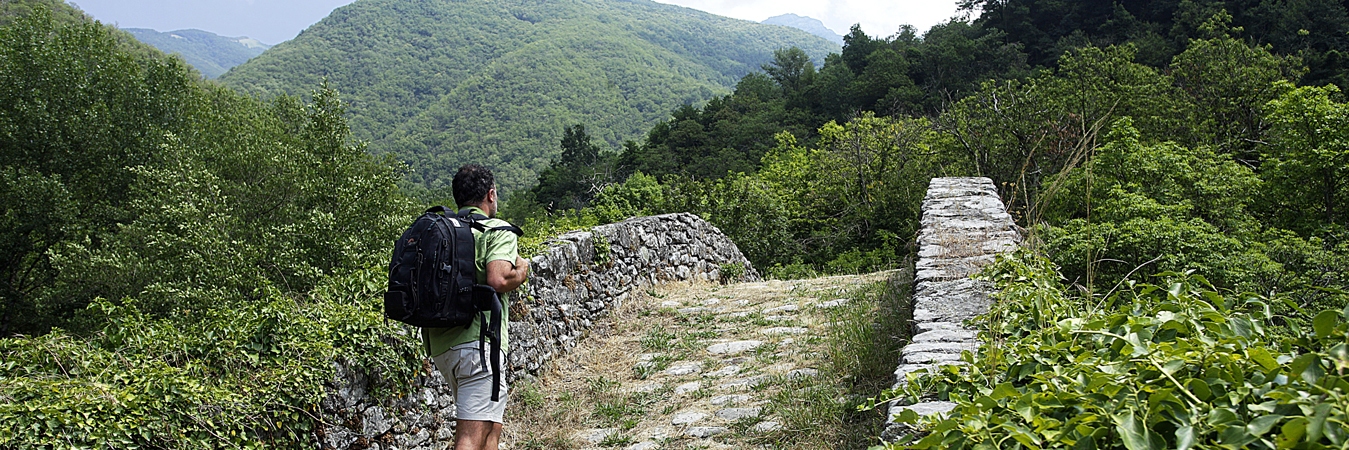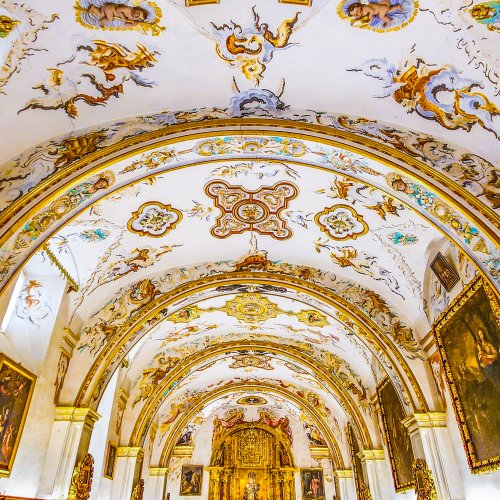- Time of past OR future Camino
- Porto 2015.
Northern 2017
Francigena Oct 2023
Some well-meant observations, as I sit in the airport heading homeward, very open to your differing perspectives, from my southernmost Liguria to Tuscany to Lazio to Rome stages of the VF pilgrimage:
Contrary to warnings received from travel books, while credit cards were not universally accepted, I anecdotally suggest that 90% of places happily accepted them. This means you don’t have to carry huge amounts of Euros.
While my travel partner and I were more cautious in big or heavy tourist cities (Pisa, Lucca, San Gimignano Siena and Rome) we never felt threatened or insecure ever. We did encounter assertive Romani (I hope that’s the right, inoffensive term) in Rome.
Waymarking on the Via was sporadic: sometimes very good, often unhelpfully placed where you might not see it till you committed to a road/path. The Sloways app, however, worked beautifully for the Italian portion. Just be sure to download the maps for all the stages you intend to walk:
— Go to the hamburger button (the triple bar ≡ or trigram symbol ☰) when you first open the app. It’s in the upper left hand corner.
— Choose “Offline content”
— Choose Via Francigena Walking in Italy
— Choose the first stage you intend to walk.
— in the upper right hand corner of the screen is a logo that will allow you to download the map. Do so.
— Continue selecting each stage you intend to walk, one at a time, downloading each map.
The Via Francigena is referred to everywhere on placard’s explaining what it was and is, over and over, because of its effect on commerce. It’s not built into the architecture like it is on the various Caminos. There’s virtually no iconography, like the scallop shells or images of St. James on the buildings or in the churches. The relatively new icon of a pilgrim on red and white ribbons, often very faded, appears on signs, and wrapped around posts, but often not when you need them, or at “Y” junctions, between the two possibilities, leaving you wondering which branch is intended. Use the app, and it’s very helpful and accurate geo-locating function that identifies your location and the correct trail to help you stay on track.
There is no substitute for caution, but I found Italian drivers, very respectful at crosswalks, slowing down if you look like you’re going to Cross. Rome is a separate beast.
Cheaper eats are found at sandwich shops and pizzerias. If going to a restaurant, you don’t need to order antipasti, primi and secundi. You can order one of these with contorni, that is vegetables which aren’t always listed on the menu. Just ask.
Italians, even those who don’t speak English, are inclined to help. If you have questions, ask. If you speak Spanish, try Spanish — it doesn’t always work but it did enough to smooth my way. Italians do not all speak English nor should they have to. It’s their country. If one English word doesn’t work, try an alternative. It’s worth learning how to count up to 20 in Italian.
Do be polite on Italian terms: Start every conversation with every service person politely with “good day” or “good evening” / “buongiorno” or “buonasera.” I’m an American, and I know that our tendency is to go straight to business. It’s not received well in many other places. As the saying goes, “when in Rome, do as the Romans do.”
The word for sello, or stamp, in Italian, is timbro. The pilgrim passport is a credenziale. The Compostela is a Testimonium. And yes, you need to walk 100 km to receive it. My experience in St. Peter’s was that they didn’t check my credenziale at all and had me fill out the testimonium myself.
Walking in October may have decreased tourists/pilgrims, but there were still many of us in Pisa, Luca, San Gimignano and Siena at the beginning of the month. The Vatican, at the end of the month, was still completely mobbed. By 11:00 am the line to get into St. Pater’s wrapped complete around the huge plaza, snaking as it went. Incredible. As a pilgrim, do not wait in the line. They let you through at the security gate if you show your credenciale and ask where to obtain your testimonium. You earned it.
I stayed at 2 star hotels and agriturismos so I have little to say about pilgrim accommodations. I have a CPAP machine and always found a plug close to my bed to keep it working throughout the night.
Contrary to warnings received from travel books, while credit cards were not universally accepted, I anecdotally suggest that 90% of places happily accepted them. This means you don’t have to carry huge amounts of Euros.
While my travel partner and I were more cautious in big or heavy tourist cities (Pisa, Lucca, San Gimignano Siena and Rome) we never felt threatened or insecure ever. We did encounter assertive Romani (I hope that’s the right, inoffensive term) in Rome.
Waymarking on the Via was sporadic: sometimes very good, often unhelpfully placed where you might not see it till you committed to a road/path. The Sloways app, however, worked beautifully for the Italian portion. Just be sure to download the maps for all the stages you intend to walk:
— Go to the hamburger button (the triple bar ≡ or trigram symbol ☰) when you first open the app. It’s in the upper left hand corner.
— Choose “Offline content”
— Choose Via Francigena Walking in Italy
— Choose the first stage you intend to walk.
— in the upper right hand corner of the screen is a logo that will allow you to download the map. Do so.
— Continue selecting each stage you intend to walk, one at a time, downloading each map.
The Via Francigena is referred to everywhere on placard’s explaining what it was and is, over and over, because of its effect on commerce. It’s not built into the architecture like it is on the various Caminos. There’s virtually no iconography, like the scallop shells or images of St. James on the buildings or in the churches. The relatively new icon of a pilgrim on red and white ribbons, often very faded, appears on signs, and wrapped around posts, but often not when you need them, or at “Y” junctions, between the two possibilities, leaving you wondering which branch is intended. Use the app, and it’s very helpful and accurate geo-locating function that identifies your location and the correct trail to help you stay on track.
There is no substitute for caution, but I found Italian drivers, very respectful at crosswalks, slowing down if you look like you’re going to Cross. Rome is a separate beast.
Cheaper eats are found at sandwich shops and pizzerias. If going to a restaurant, you don’t need to order antipasti, primi and secundi. You can order one of these with contorni, that is vegetables which aren’t always listed on the menu. Just ask.
Italians, even those who don’t speak English, are inclined to help. If you have questions, ask. If you speak Spanish, try Spanish — it doesn’t always work but it did enough to smooth my way. Italians do not all speak English nor should they have to. It’s their country. If one English word doesn’t work, try an alternative. It’s worth learning how to count up to 20 in Italian.
Do be polite on Italian terms: Start every conversation with every service person politely with “good day” or “good evening” / “buongiorno” or “buonasera.” I’m an American, and I know that our tendency is to go straight to business. It’s not received well in many other places. As the saying goes, “when in Rome, do as the Romans do.”
The word for sello, or stamp, in Italian, is timbro. The pilgrim passport is a credenziale. The Compostela is a Testimonium. And yes, you need to walk 100 km to receive it. My experience in St. Peter’s was that they didn’t check my credenziale at all and had me fill out the testimonium myself.
Walking in October may have decreased tourists/pilgrims, but there were still many of us in Pisa, Luca, San Gimignano and Siena at the beginning of the month. The Vatican, at the end of the month, was still completely mobbed. By 11:00 am the line to get into St. Pater’s wrapped complete around the huge plaza, snaking as it went. Incredible. As a pilgrim, do not wait in the line. They let you through at the security gate if you show your credenciale and ask where to obtain your testimonium. You earned it.
I stayed at 2 star hotels and agriturismos so I have little to say about pilgrim accommodations. I have a CPAP machine and always found a plug close to my bed to keep it working throughout the night.













